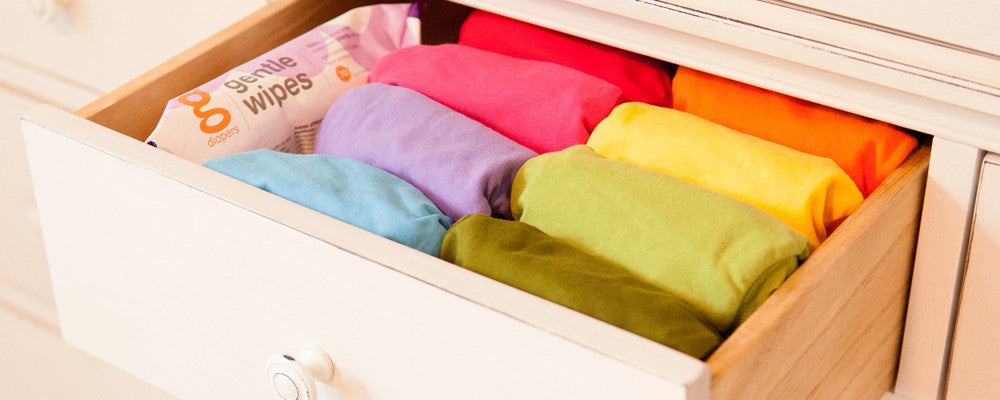How to Flush Diaper Inserts
gDiapers Disposable Inserts have been designed to be flushed down toilets in North America. Please note that all solid waste should be flushed in a toilet regardless of which diaper brand you choose to use.
3 Easy Steps to Flush gDiapers Inserts
1. Rip - Tear down a vertical side of the disposable insert, while holding it over the toilet bowl. If the insert is already saturated, dunk it in the bowl first to let it soak up a bit of water. This makes tearing easier. When it’s ripped, dump out the inner core of the insert into the toilet.

2. Swish - Break up the inner core contents that you dumped in the toilet with the swishstick (included in most gDiapers bundles).

3. Flush - If you’re new at this, hold on to the outer coverstock while the inner core gets whooshed away, then let go of the coverstock at the last second. This is just to ensure that the inner core and the coverstock are completely separated.

Watch the video
Please read flushing advisements below:
- Do not flush more than one disposable insert at a time.
- Don’t let the contents sit in the bowl very long as they will simply absorb all the water.
- Do not flush with flushable baby wipes.
- Do not flush if you’re on a septic system.
- Do not use with faulty or non-standard plumbing.*
- On the rare instance that a clog may occur, you can remove it with your hands or with a plunger. If it’s stubborn, use equal parts baking soda and vinegar in the toilet bowl, let it sit for 15 minutes, then come back and plunge.
The learning curve on flushing gDiapers Disposable Inserts is an easy one. If you have any concerns, please contact us.
* Faulty plumbing would mean that there is something broken, systemically flawed, or warped due to time. Examples include tree-infested pipes, where the roots have sought out the water in the pipes and squeezed their way inside. Older cast iron or clay pipes can crack with age, causing fissures where the coverstock could snag. Non-standard plumbing can include: ejector pumps, house traps and cess pools. If you are a renter, ask the landlord or building manager about the state of your pipes. If you own your home this information will be stated on your home inspection report.










